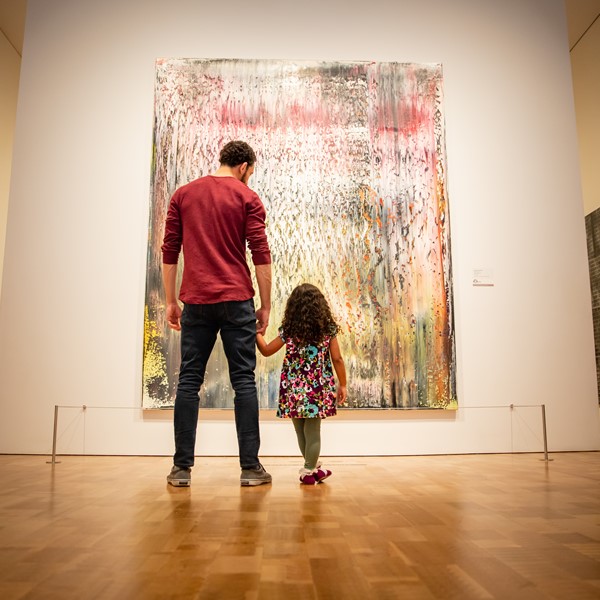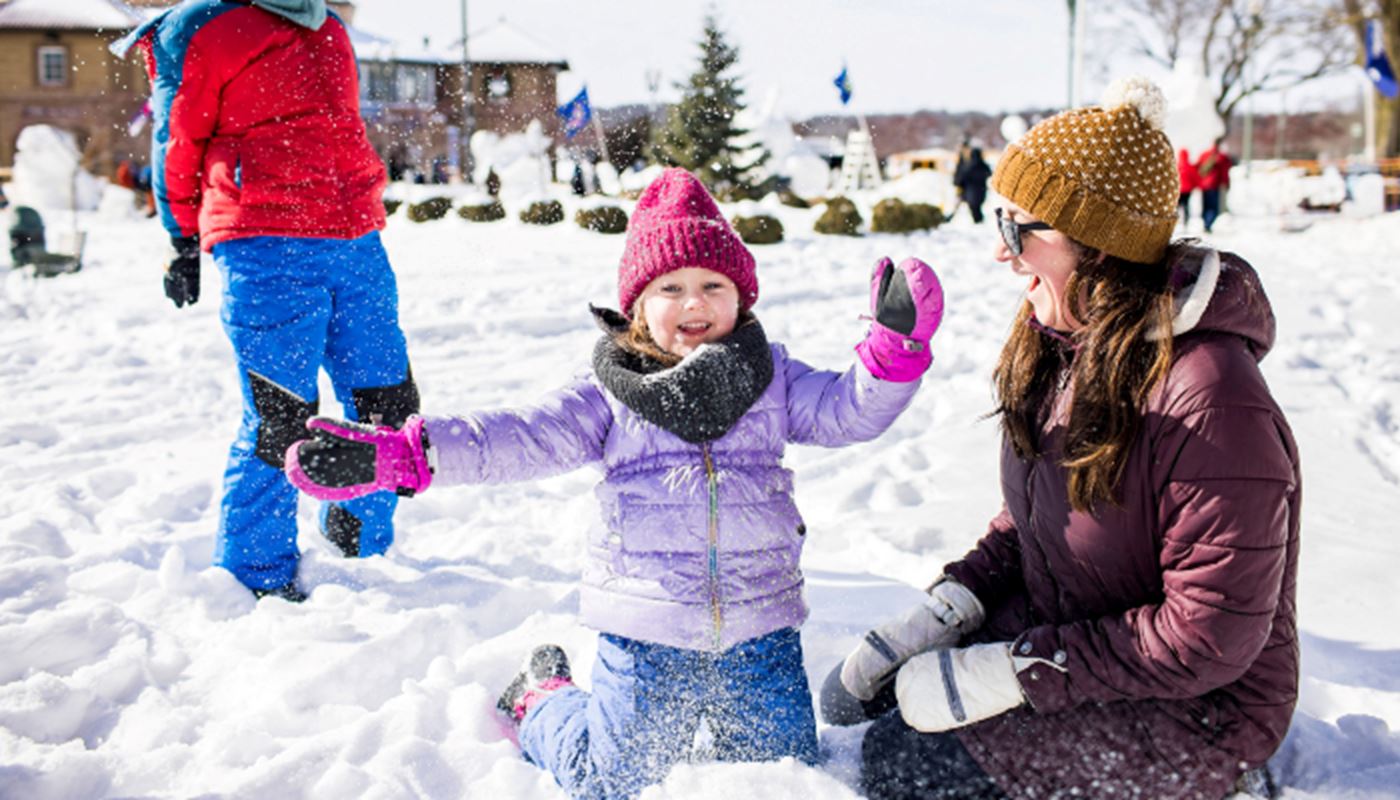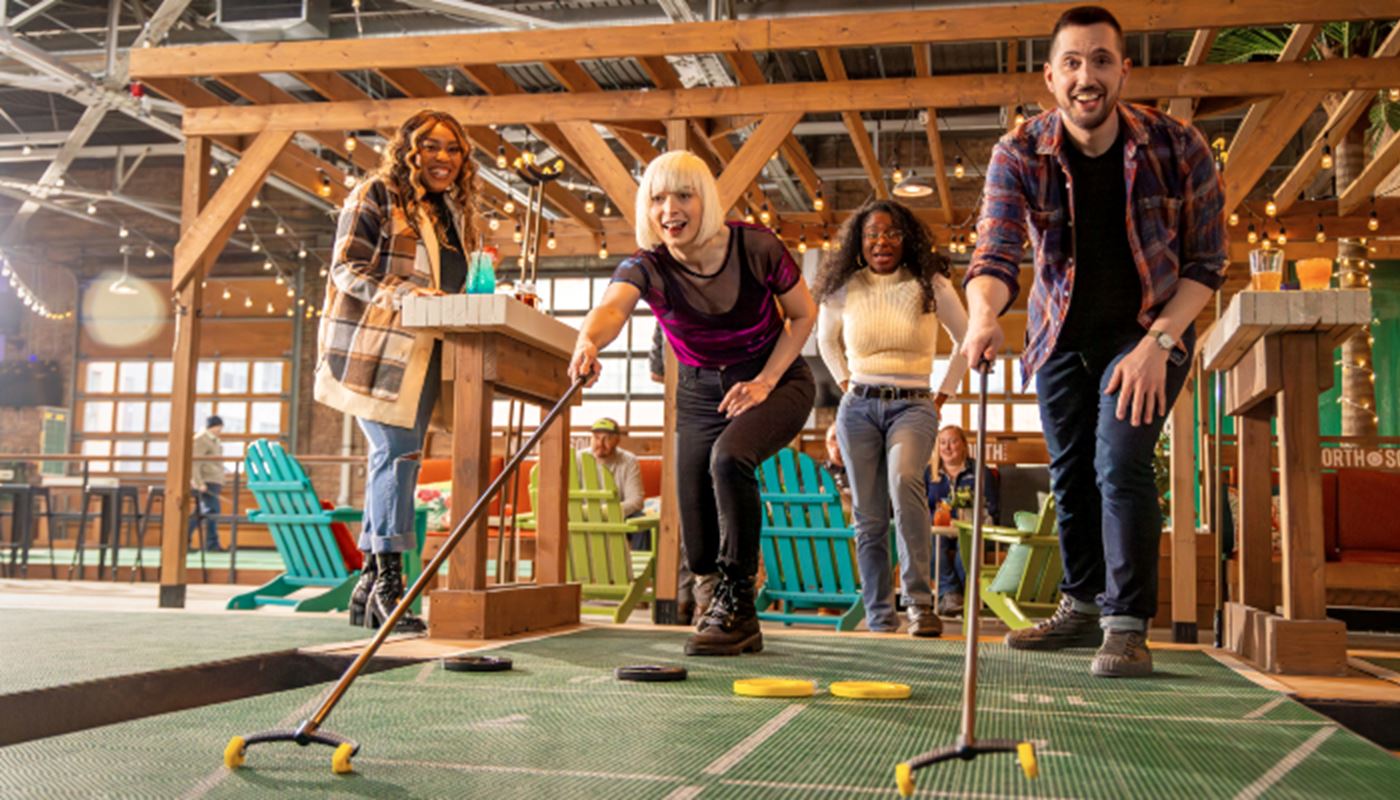
The Story Behind Wisconsin's Iconic Supper Clubs
Relish trays. Juicy steaks. From-scratch side dishes. Ice cream drinks.
Every state has its diners, bistros, cafes and chophouses, but Wisconsin lays claim to the supper club. What began as an after-church tradition for German immigrants to gather and share a meal together has remained a unique dining experience special to the state. Read on to learn more about some of the state’s most iconic (and delicious) supper clubs.
The Supper Club Capital of the Midwest
Known to many as “the Supper Club Capital of the Midwest,” Calumet County in eastern Wisconsin is home to an abundance of these quintessential Wisconsin establishments. When you and your crew get a hankering for classic supper club fare, choose from over 15 taverns in the area, many of which have been serving diners for decades.
The family-owned Schwarz’s Supper Club in St. Anna has been a local favorite for over 50 years. Stop in to try some of their famous offerings, like Old Fashioneds garnished with homemade sweetened and pickled mushrooms and savory prime rib–the restaurant goes through 900 pounds of it each week!
Get another taste of tradition at Roepke's Village Inn in Charlesburg. This tavern is known for its authentic German menu served six nights a week that includes Wiener Schnitzel a la Holstein (tender breaded veal cutlets each topped with a fried egg), Pork Schnitzel, Braised Pork Shank with red wine gravy and beef Tenderloin Tips a la Deutsch. With a popular soup and salad bar and tasty Friday Fish Fry, you and your crew are sure to leave satisfied.
Milwaukee Supper Clubs - Where it All Began
The first-ever supper club was opened by Milwaukee native Lawrence Frank. He started the business in Beverly Hills in the 1930s, bringing Midwest hospitality all the way to California.
Today, the area around Milwaukee offers plenty of supper club options for everyone’s taste. In Hales Corners, Clifford's Supper Club opened in 1959 and was later bought by a couple who met working as a dishwasher and waitress at the restaurant. Visit Tuesday through Saturday for all-you-can-eat fish fry that comes with sides and their famous homemade tartar sauce. End your meal with a show-stopping Cherries Jubilee.
For a modern take on supper club favorites, head to Buckatabon Tavern and Supper Club in Wauwatosa. Inspired by the nostalgia of the northwoods taverns, the food here focuses on local Wisconsin ingredients and purveyors. Try tasty spins on the classics, such as chicken schnitzel salad, a dry-aged burger and beer-battered fish fry served every day of the week. Buckatabon’s even has a drink menu just for Old Fashioneds, featuring their own house-made brandy.
Connected by Folklore, Family and Friends
Many of Wisconsin’s oldest supper clubs began as simple roadhouses with more choices of alcohol than food. Settings were often near picturesque lakeshores, forests or farmland. Patrons included gangsters on the run: Little Bohemia Lodge in Manitowish Waters, still has the bullet holes to prove it, and was a filming location for the 2009 movie “Public Enemies.”
At the HobNob, between Racine and Kenosha, diners used to pay 50 cents for rooftop dancing on summer nights. These days, soft jazz or cabaret-style piano playing on the ground level is the entertainment on weekends, but the setting remains rich with silky wall fabrics, fringed drapes and comfortable booths.
Find a supper club near you with our directory, and try these supper clubs with gorgeous lake views!










